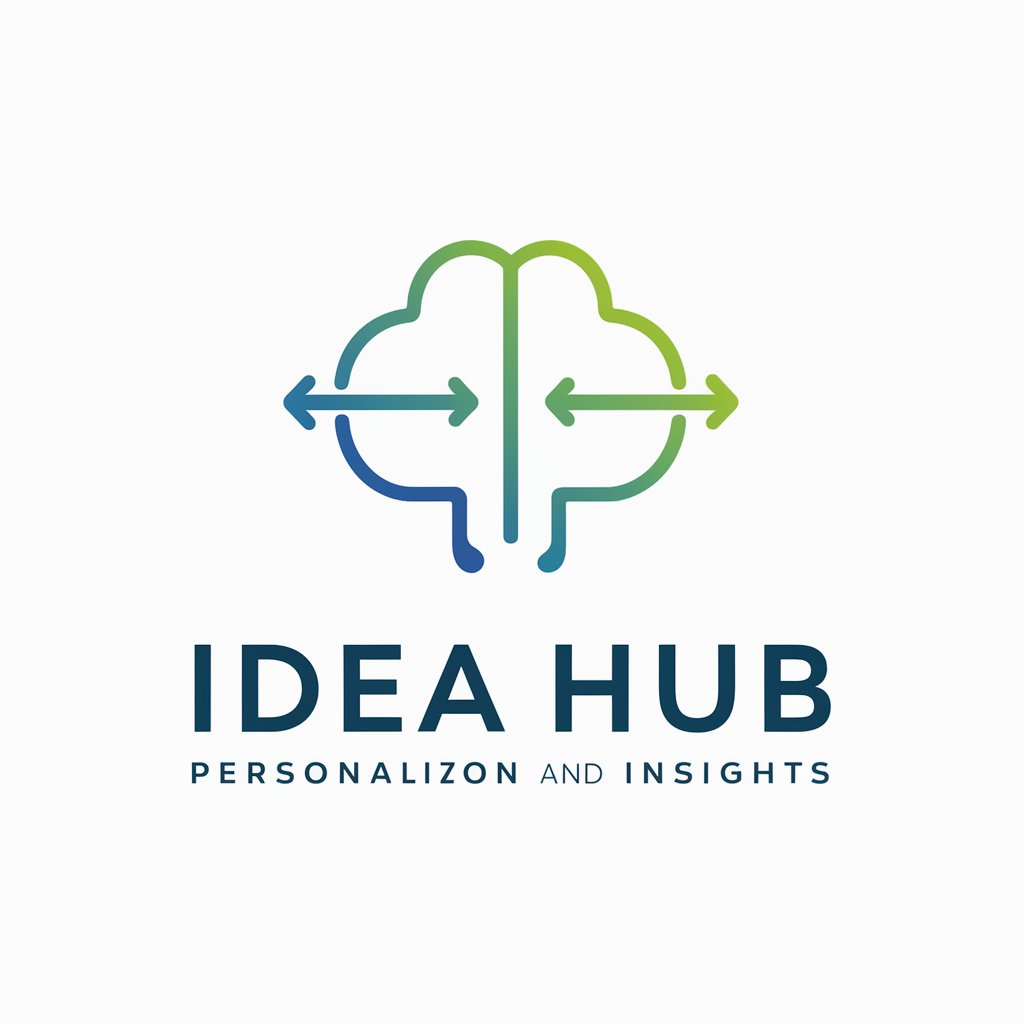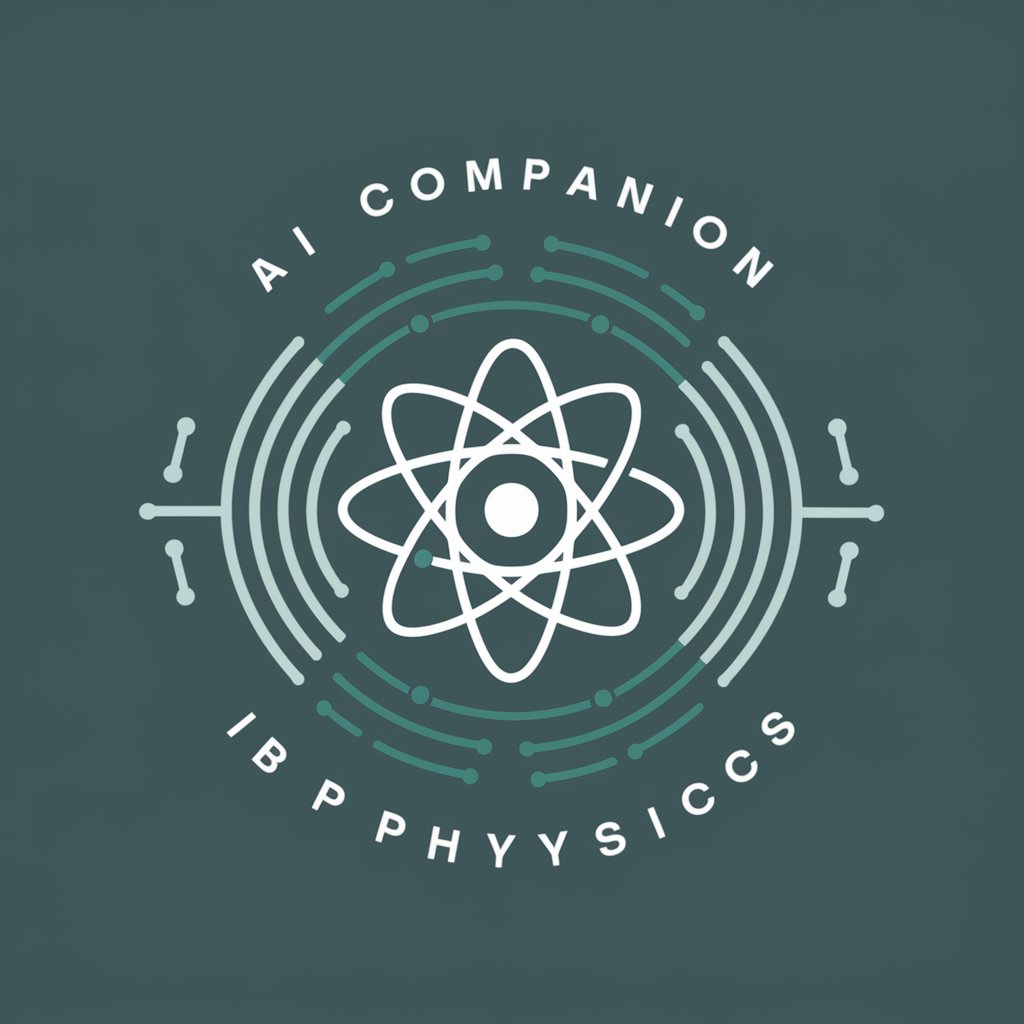Einfache Sprache - text simplification tool

Hallo! Ich helfe dir, Texte leicht verständlich zu machen.
Making complex text simple with AI
So schreibst du eine klare Anleitung:
Diese drei Dinge musst du beachten:
So erleichterst du das Verständnis:
So formulierst du einfache Sätze:
Get Embed Code
Introduction to Einfache Sprache
Einfache Sprache, or 'Simple Language', is designed to make information accessible and comprehensible to a wide audience by simplifying the complexity of language. It focuses on clear and straightforward communication, using basic vocabulary, short sentences, and a structured layout. This approach is particularly beneficial in educational materials, official documents, and everyday communication for people with language learning difficulties, cognitive disabilities, or those who are not fluent in a language. An example scenario could be a public service website translating legal documents into Einfache Sprache to help immigrants understand their rights and responsibilities. Powered by ChatGPT-4o。

Main Functions of Einfache Sprache
Simplification of Text
Example
Transforming a complex legal document into a version that is easy to read and understand.
Scenario
A government agency uses Einfache Sprache to rewrite the tax code guidelines, making it easier for the general public to comprehend their tax obligations.
Clear Communication for Learning Materials
Example
Creating textbooks or educational resources that are accessible to students with learning disabilities.
Scenario
A school adapts its curriculum to include textbooks in Einfache Sprache, assisting students with dyslexia in understanding the material more easily.
Translation into Simple Language
Example
Translating complex instructions into a simpler form for better comprehension.
Scenario
A manufacturer includes assembly instructions in Einfache Sprache with a piece of furniture, ensuring customers can easily understand how to put it together.
Ideal Users of Einfache Sprache Services
Non-native Language Speakers
Individuals who are not fluent in a language can benefit from the simplified vocabulary and sentence structure, making it easier to understand and use the language in everyday situations.
People with Learning Disabilities
Those with dyslexia, autism, or other cognitive impairments can find texts in Einfache Sprache more accessible, aiding in their learning and comprehension.
Elderly Users
Older adults, especially those facing challenges with complex texts, can find Einfache Sprache materials easier to read and understand, enhancing their ability to stay informed and independent.
Children
Young readers who are still developing their language skills can benefit from materials written in Einfache Sprache, as it helps them learn and retain information more effectively.

How to Use Einfache Sprache
1
Start with a free trial at yeschat.ai, no signup or ChatGPT Plus required.
2
Choose 'Einfache Sprache' from the available tools to simplify your text.
3
Paste or type the text you want to simplify into the input box.
4
Use the guidelines provided to format your text for Einfache Sprache.
5
Submit your text and receive a simplified version instantly.
Try other advanced and practical GPTs
Wager Genie
Your AI-powered betting companion

Finance Futurist
Empowering Finance with AI Insight

Idea Hub
Empowering Learning with AI Insights

IB Physics Companion
Empowering IB Physics Learning with AI

Artful Illustrator
Bringing Stories to Life with AI

Nuke Wizard
Elevate Your Nuke Projects with AI

Confession Booth
AI-powered path to spiritual clarity

Français GPT
Empowering French Communication with AI

Audition Coach
Empowering Actors with AI-Driven Insights

Deutsch GPT
Empowering German Communication with AI

Landscape Architect
Crafting landscapes with AI precision.

Español GPT
Empowering Spanish Communication with AI

Einfache Sprache Q&A
What is Einfache Sprache?
Einfache Sprache is a tool designed to simplify complex texts into an easy-to-understand language, making content accessible to a wider audience.
Who can benefit from using Einfache Sprache?
Educators, content creators, non-native speakers, and individuals with learning disabilities can all benefit from the simplicity and clarity that Einfache Sprache provides.
Can Einfache Sprache help with learning disabilities?
Yes, it can make texts easier to understand for people with dyslexia or other learning disabilities, enhancing their reading comprehension and learning experience.
Is Einfache Sprache suitable for legal documents?
While it can simplify language, users should exercise caution with legal documents to ensure that simplified texts maintain their original meaning and legal accuracy.
How does Einfache Sprache handle technical terms?
It strives to explain technical terms in simple language or provide context to make them more accessible to non-experts.
